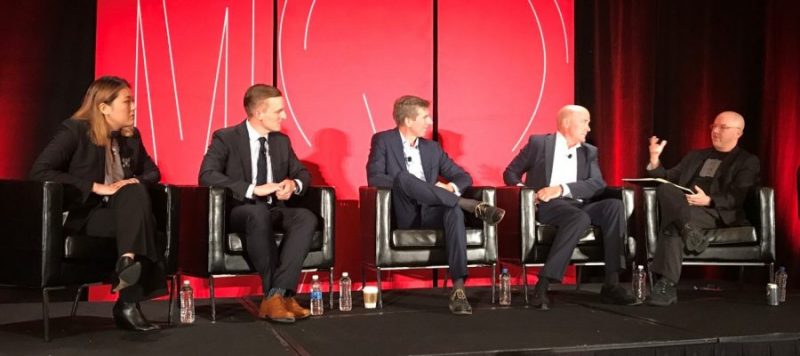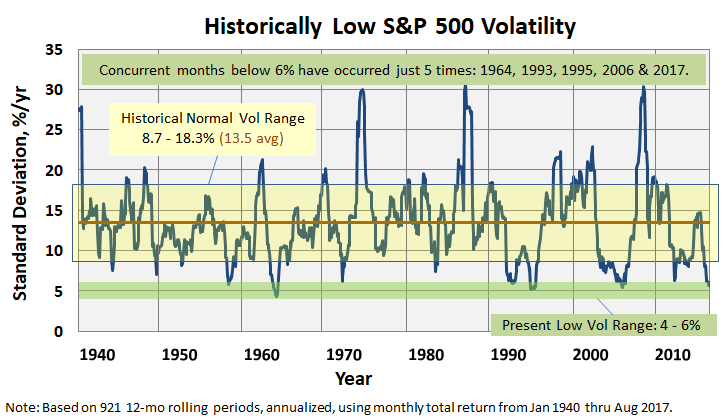“The only thing that makes life possible is permanent,
intolerable uncertainty; not knowing what comes next.”
Ursula K. Le Guin
Our big MFO Premium upgrade, as described in last month’s commentary, went live on 9 November. Most obvious are the expanded evaluation periods, which include year-to-date (YTD) and latest month performance metrics. In the days ahead, subscribers will see many new parameters from our expanded database, as was evidenced today with the rolled-out of an Interval Funds screening flag in the MultiSearch tool.
The folks at Gaia Capital requested we add the screen for this new type of mutual fund. Per Lipper, Interval Funds are a hybrid mutual fund structure that falls Continue reading →




